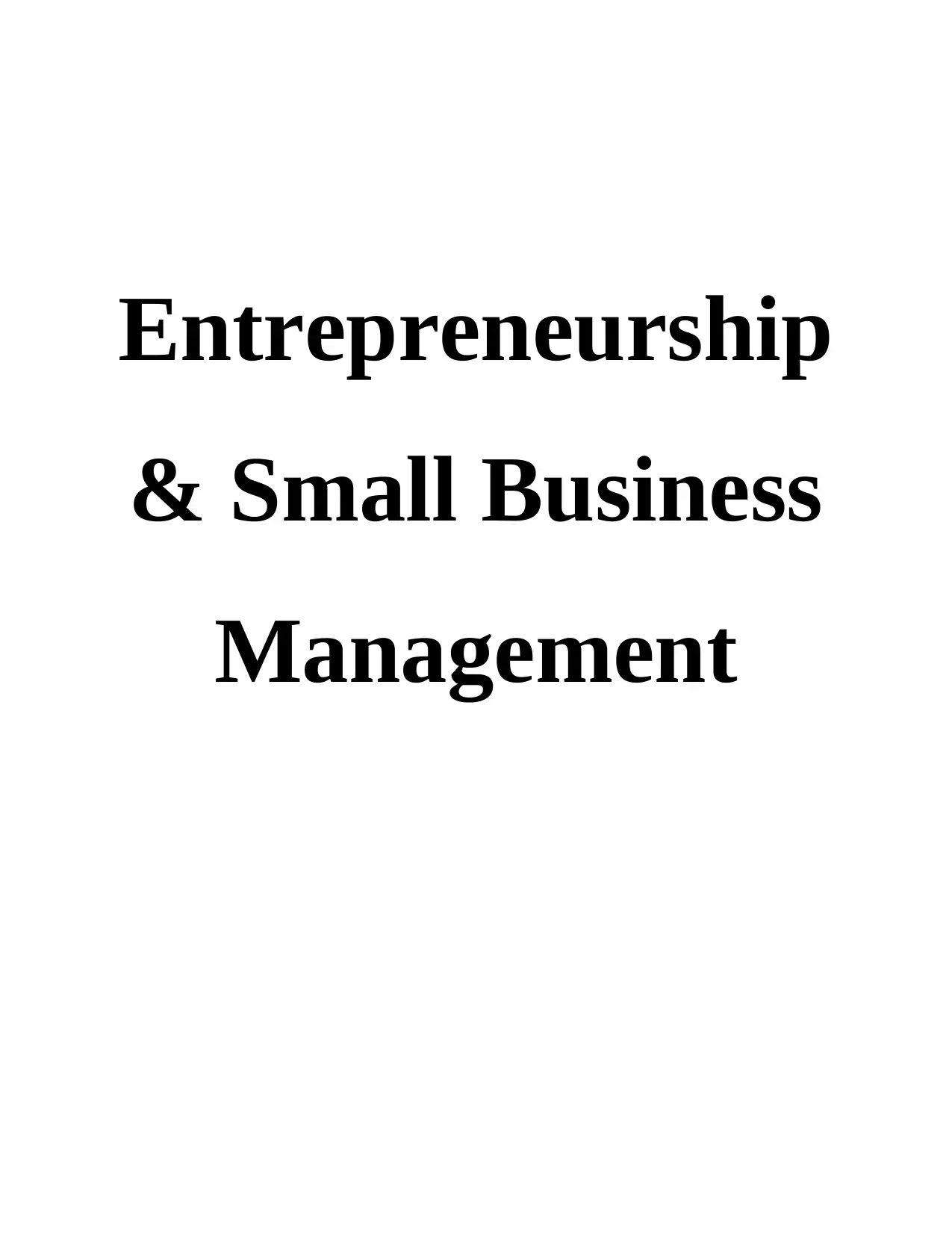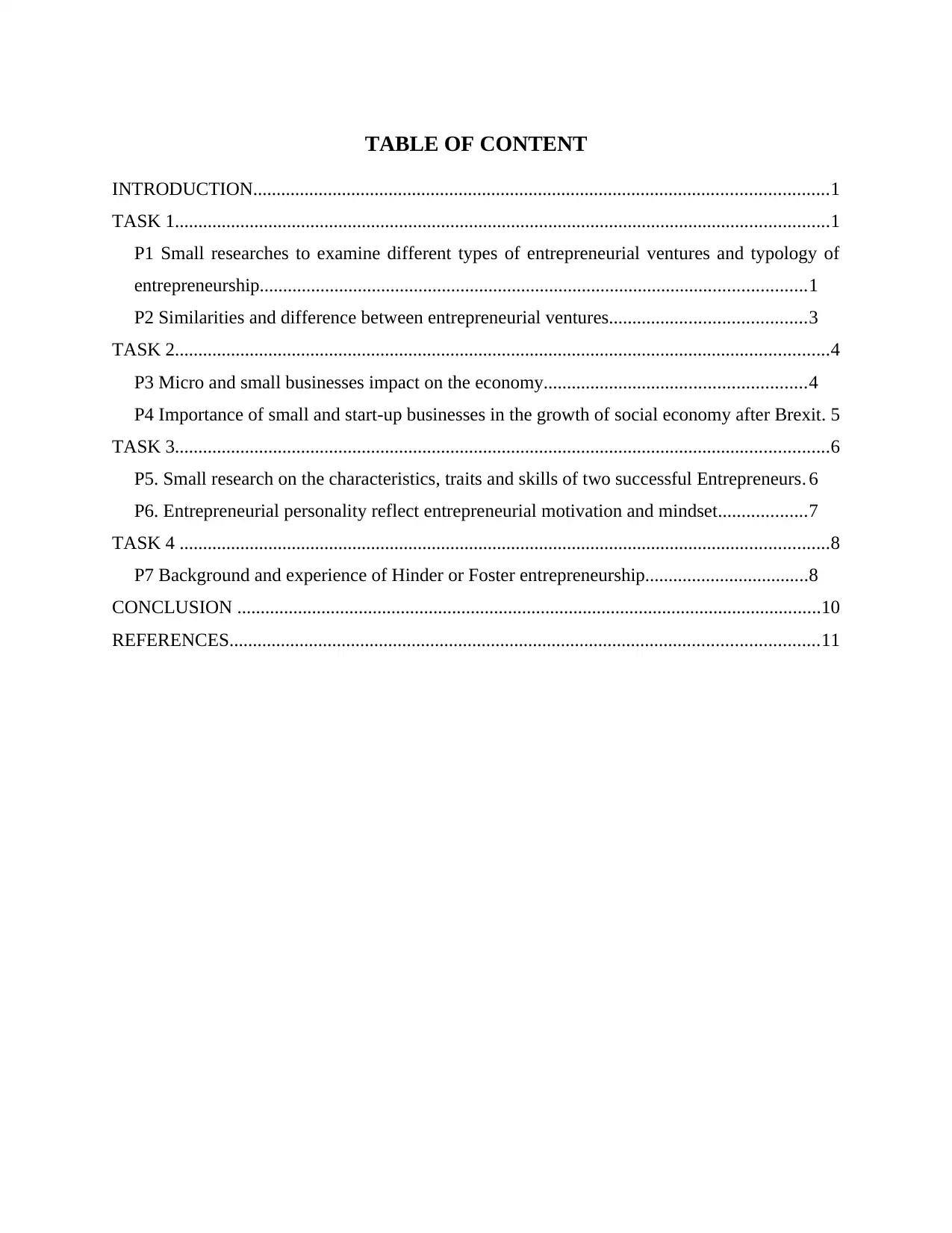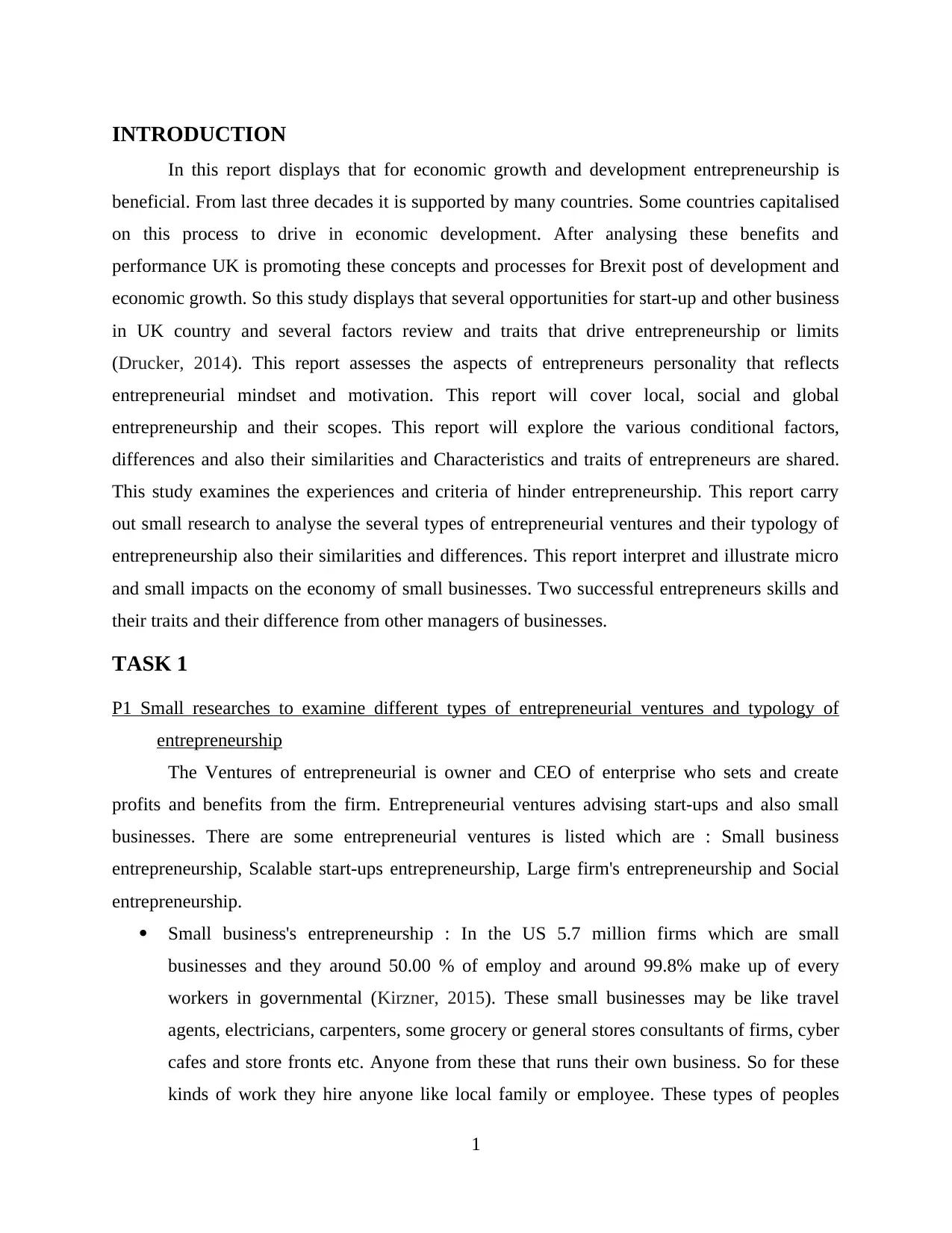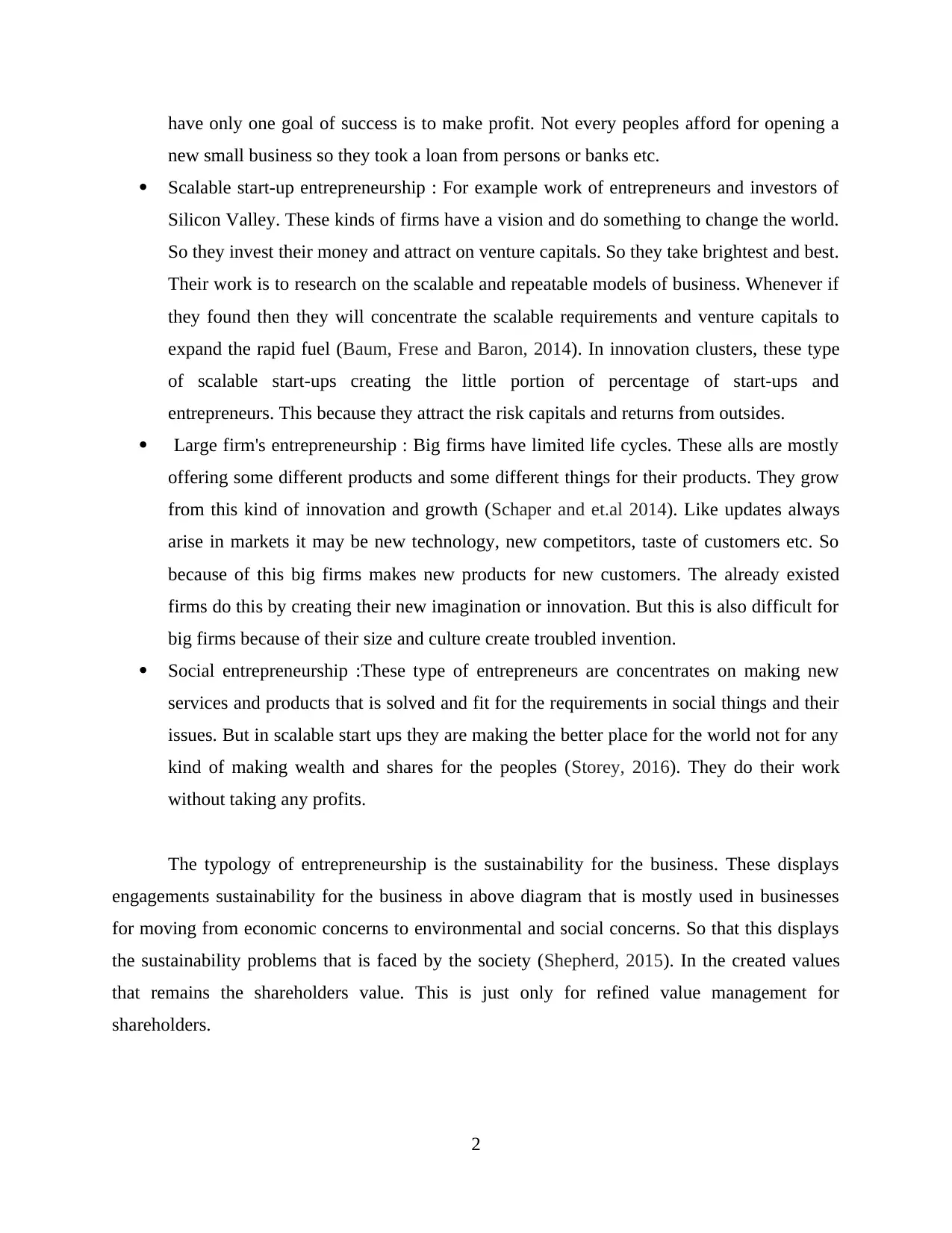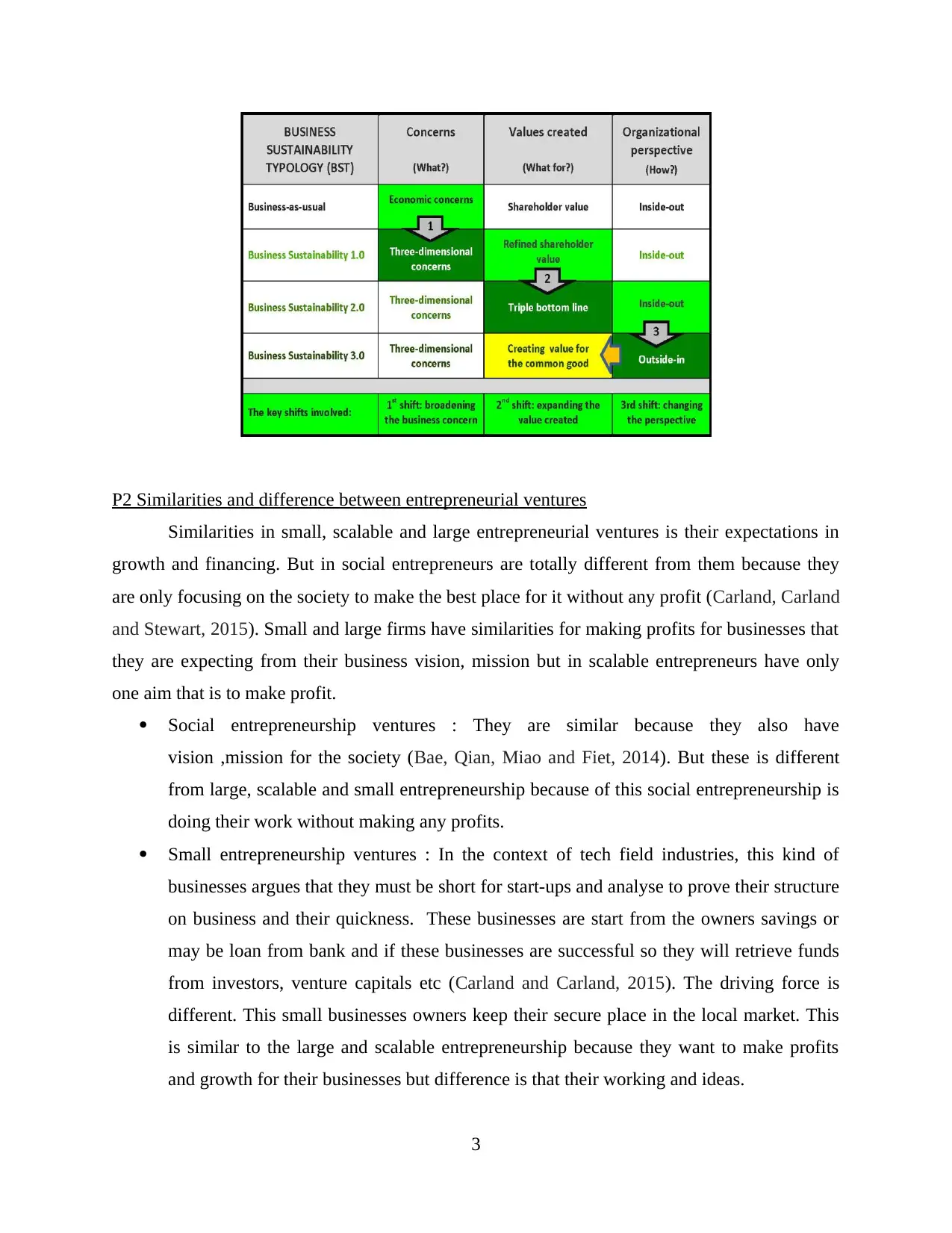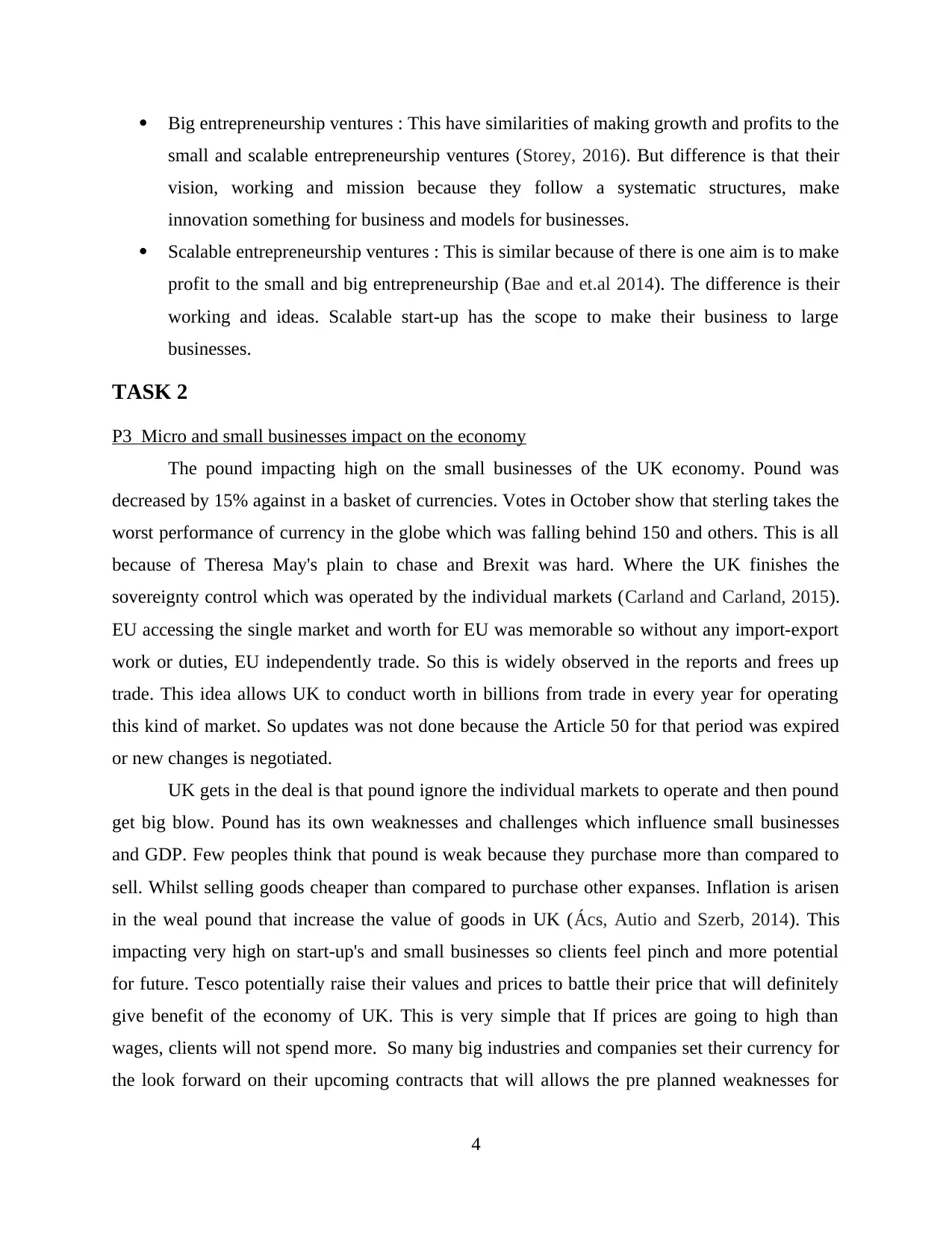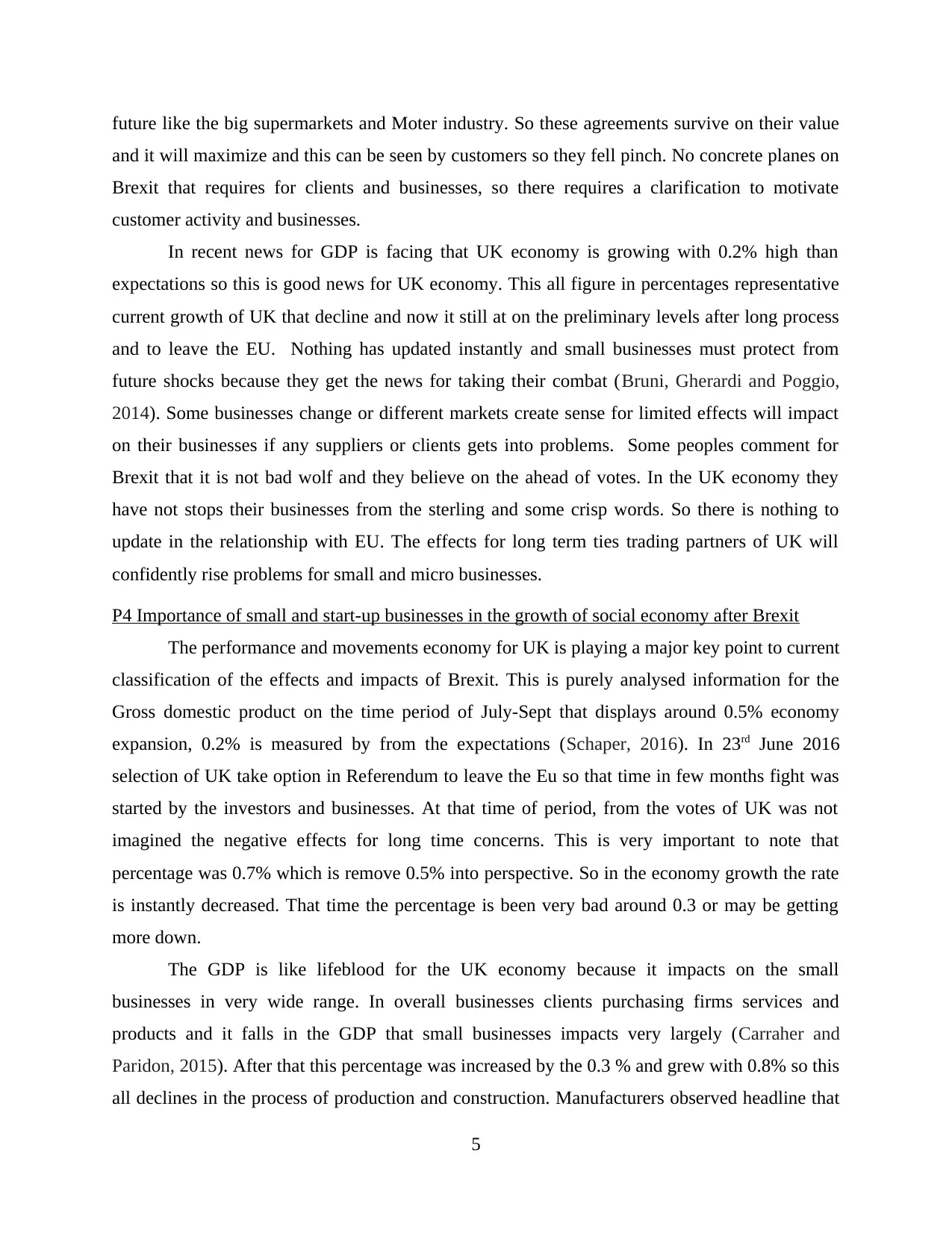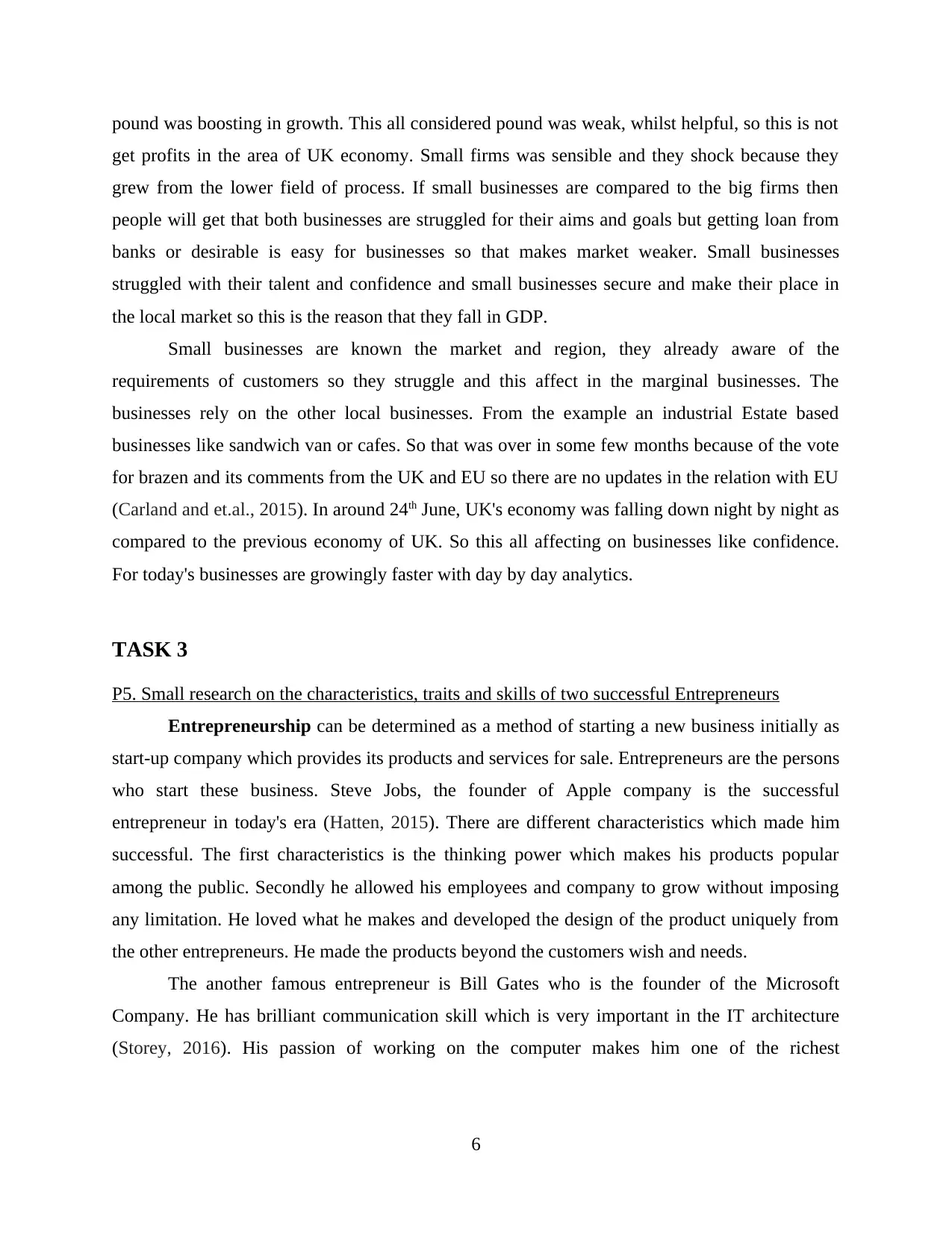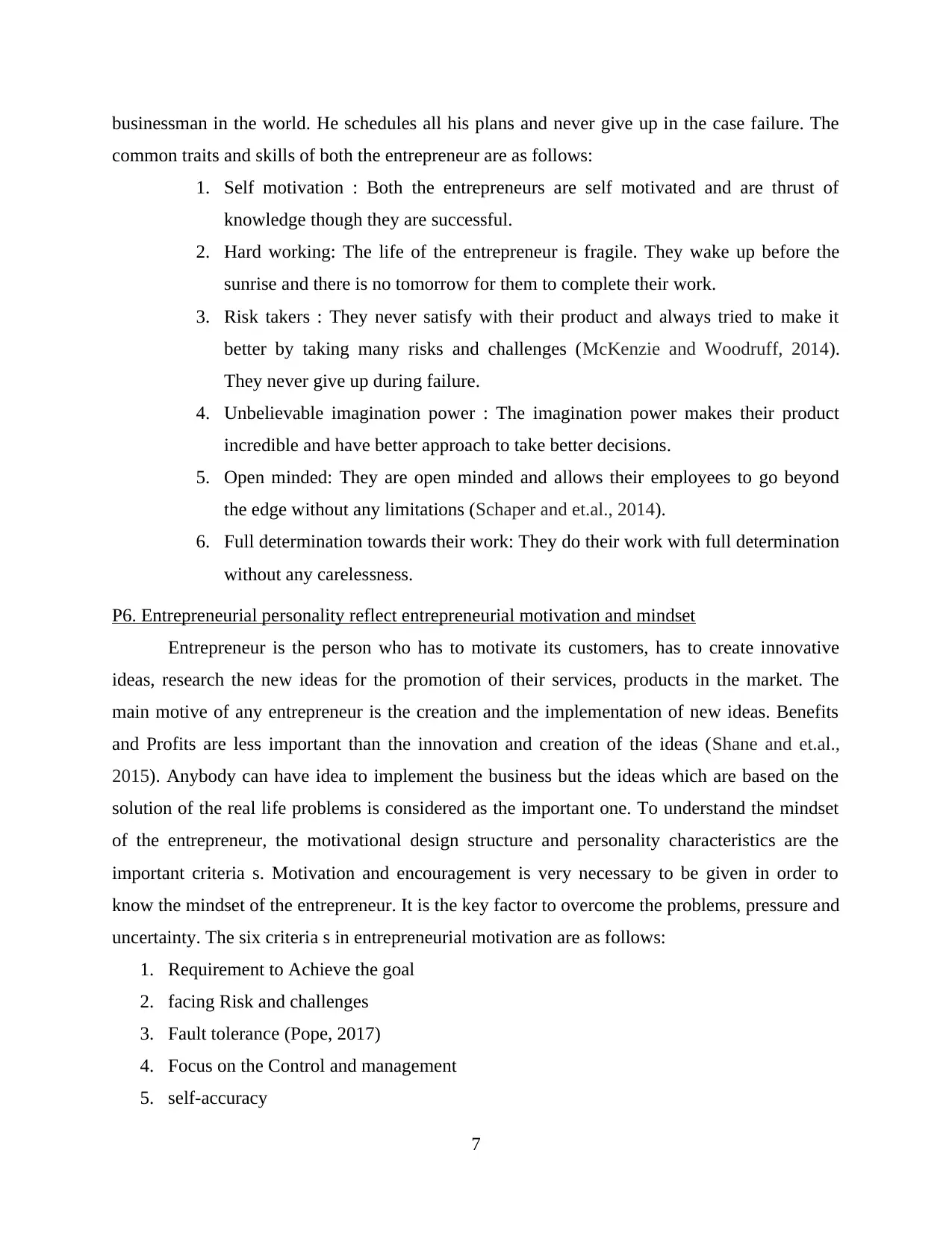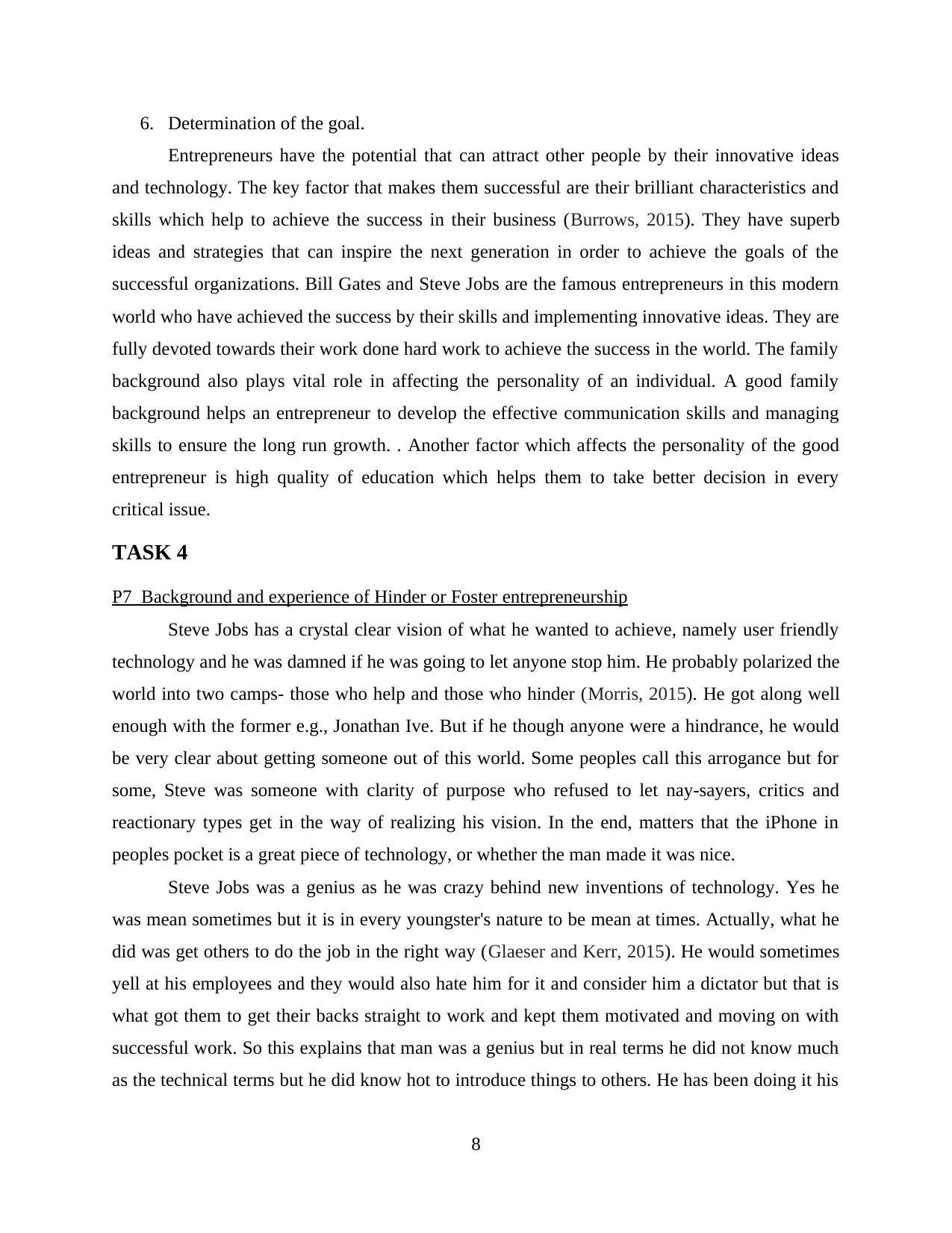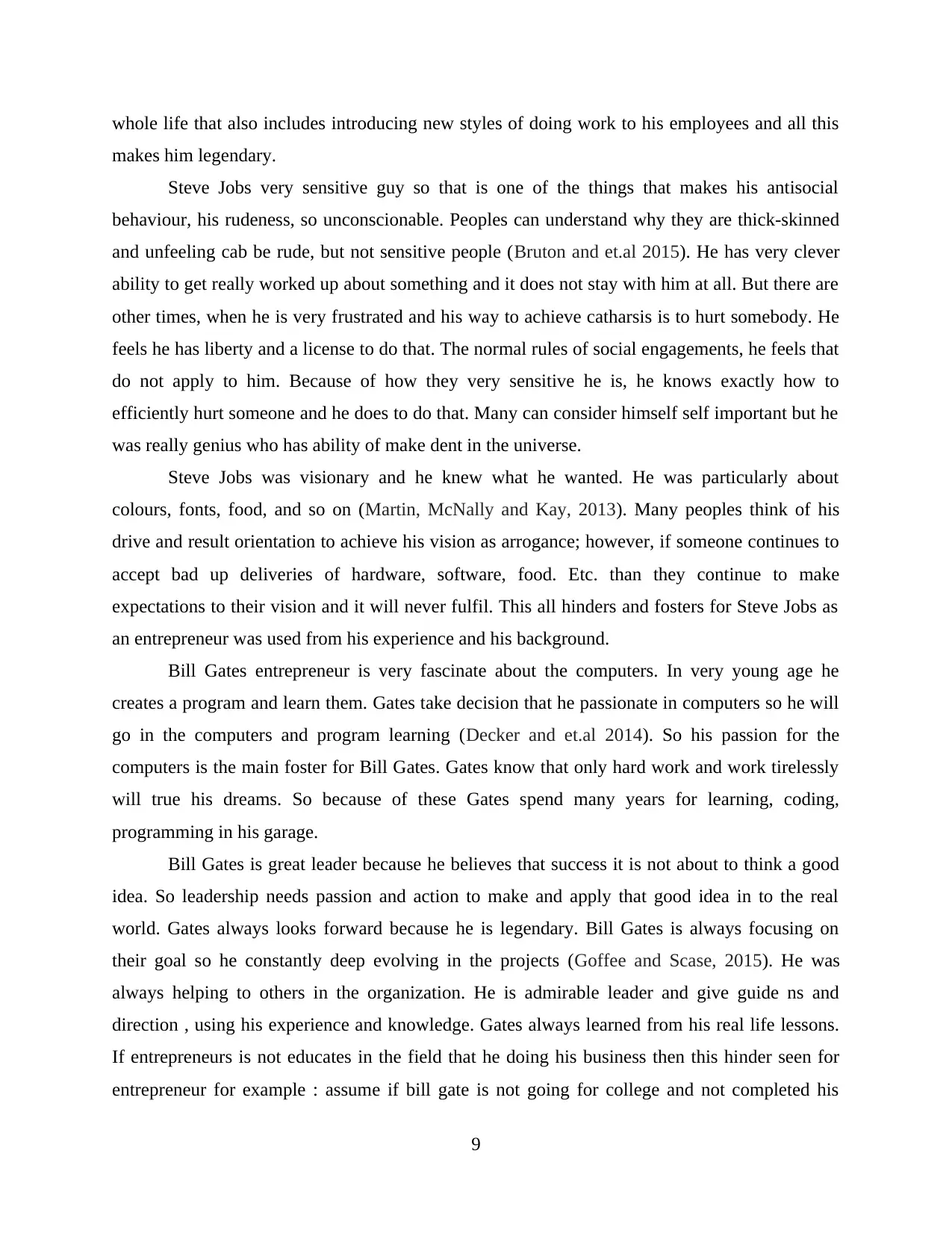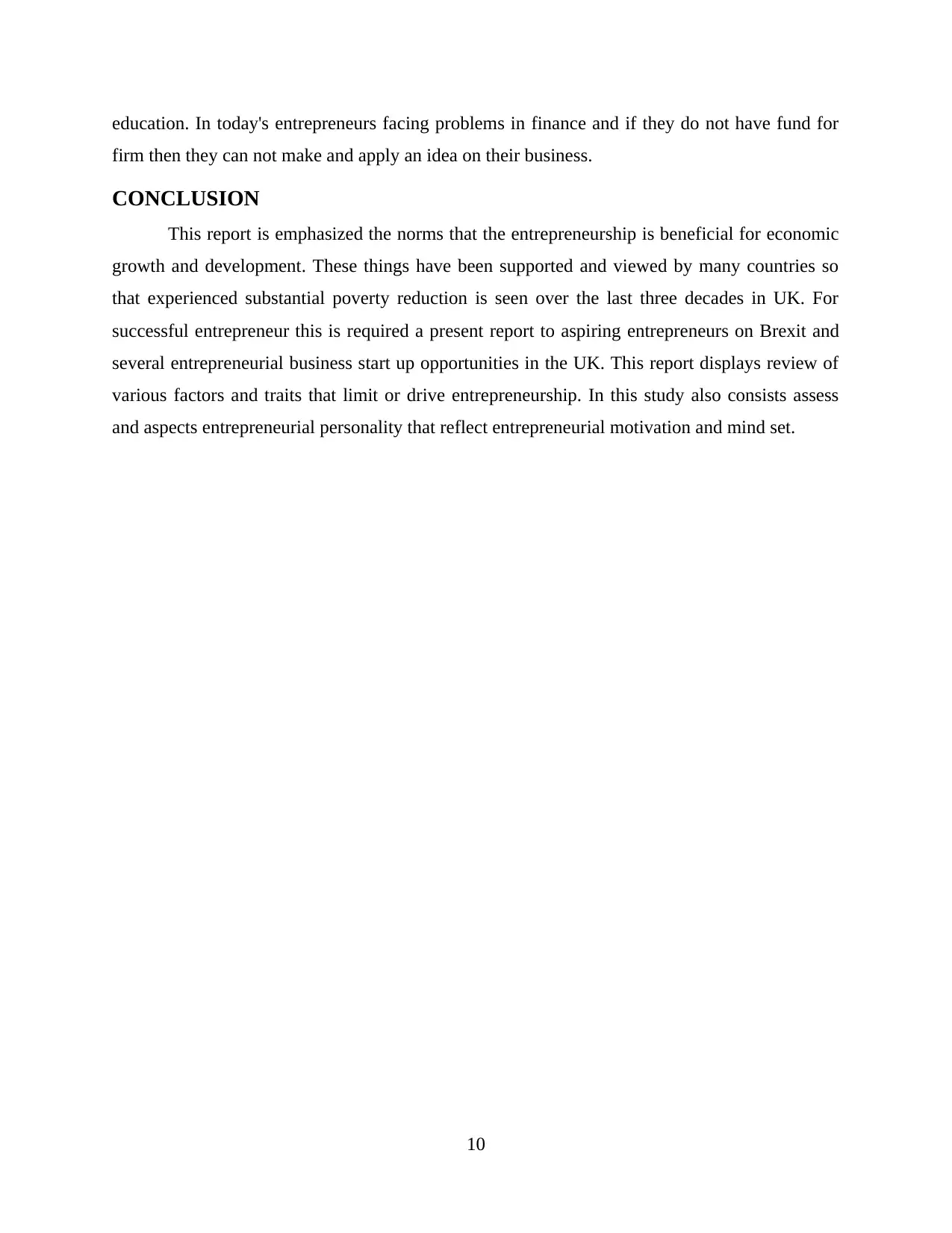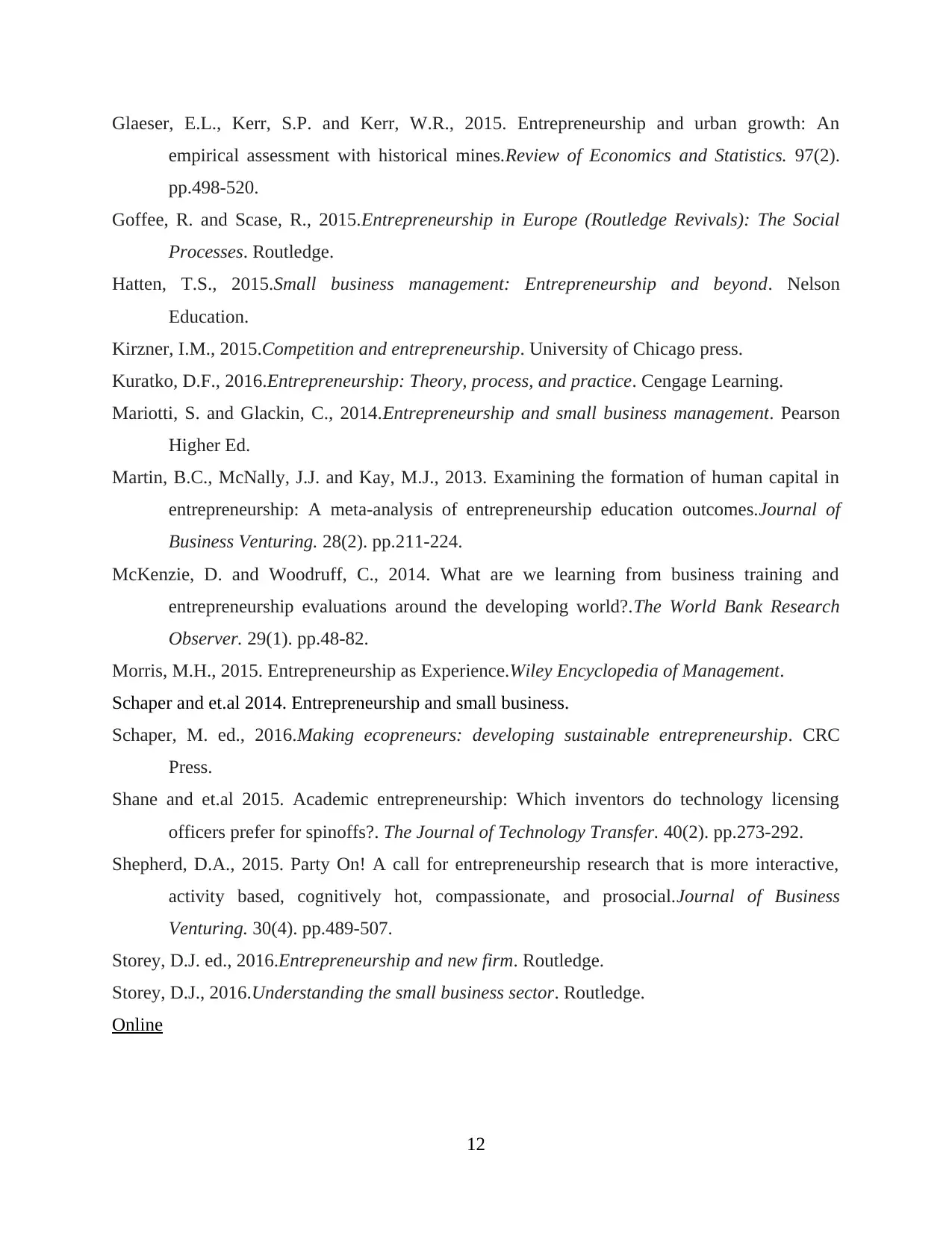The provided content includes a collection of academic articles, books, and online resources related to entrepreneurship. The texts cover various aspects of entrepreneurship, including potential entrepreneurship, entrepreneurship education, job creation, economic dynamism, innovation, urban growth, and small business management. Some of the key authors and researchers featured in this content include Carland, Drucker, Eckhardt, Goffee, Kuratko, Mariotti, Martin, McKenzie, Morris, Schaper, Shane, Shepherd, Storey, and Pope. The articles and books cover topics such as entrepreneurship profiles, educational implications, entrepreneurship journal rankings, the role of entrepreneurship in job creation, innovation and entrepreneurship, response to commentaries on individual-opportunity nexus, entrepreneurship and urban growth, social processes, competition and entrepreneurship, entrepreneurship theory, process, and practice, small business management, and ecopreneurship. The content also includes online resources such as blog posts and articles on the difference between a startup and a small business.Overall, this collection of texts provides a comprehensive overview of various aspects of entrepreneurship, making it suitable for academic research and education.
![[object Object]](/_next/static/media/star-bottom.7253800d.svg)
![[object Object]](/_next/static/media/star-bottom.7253800d.svg)
